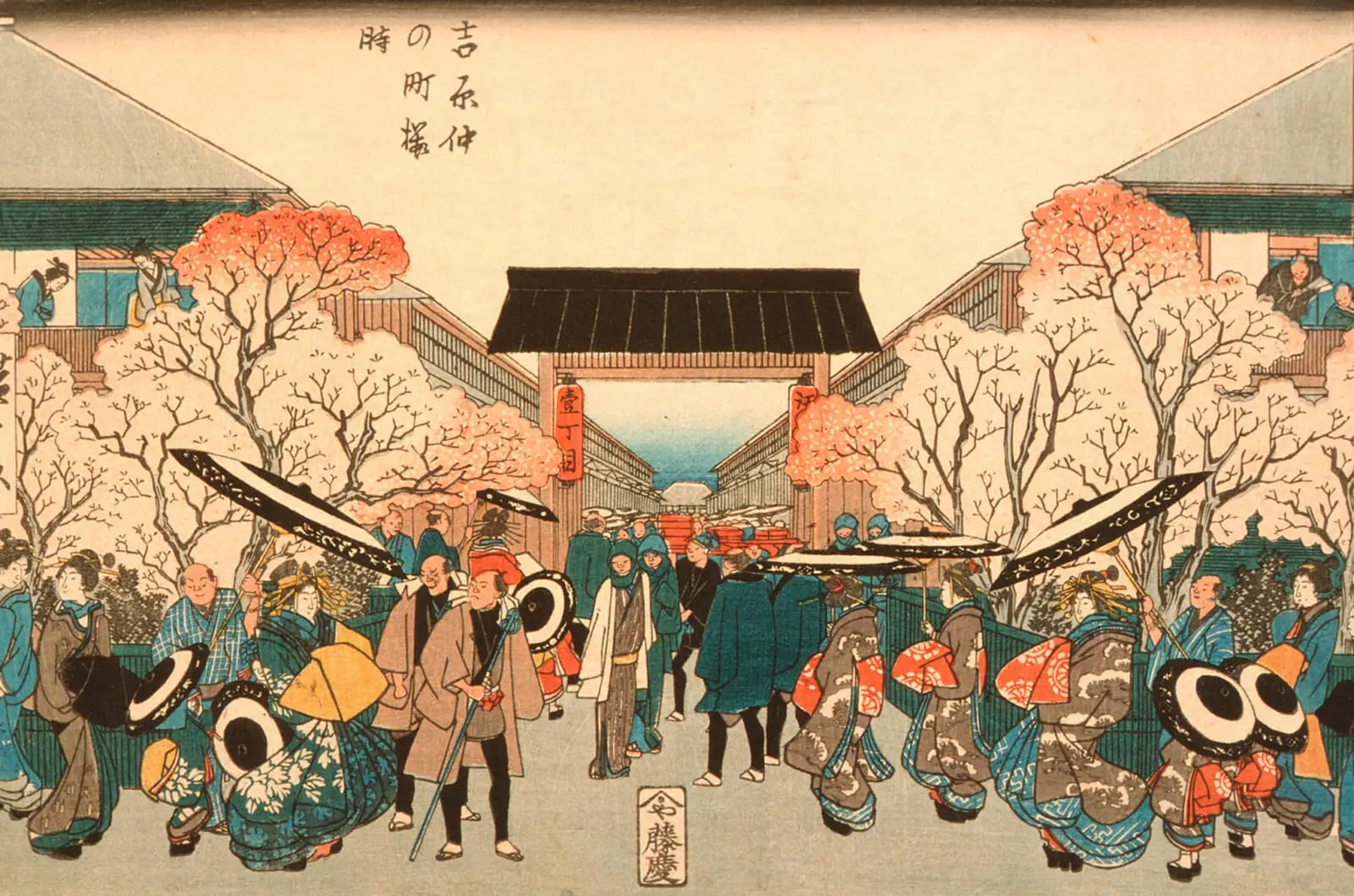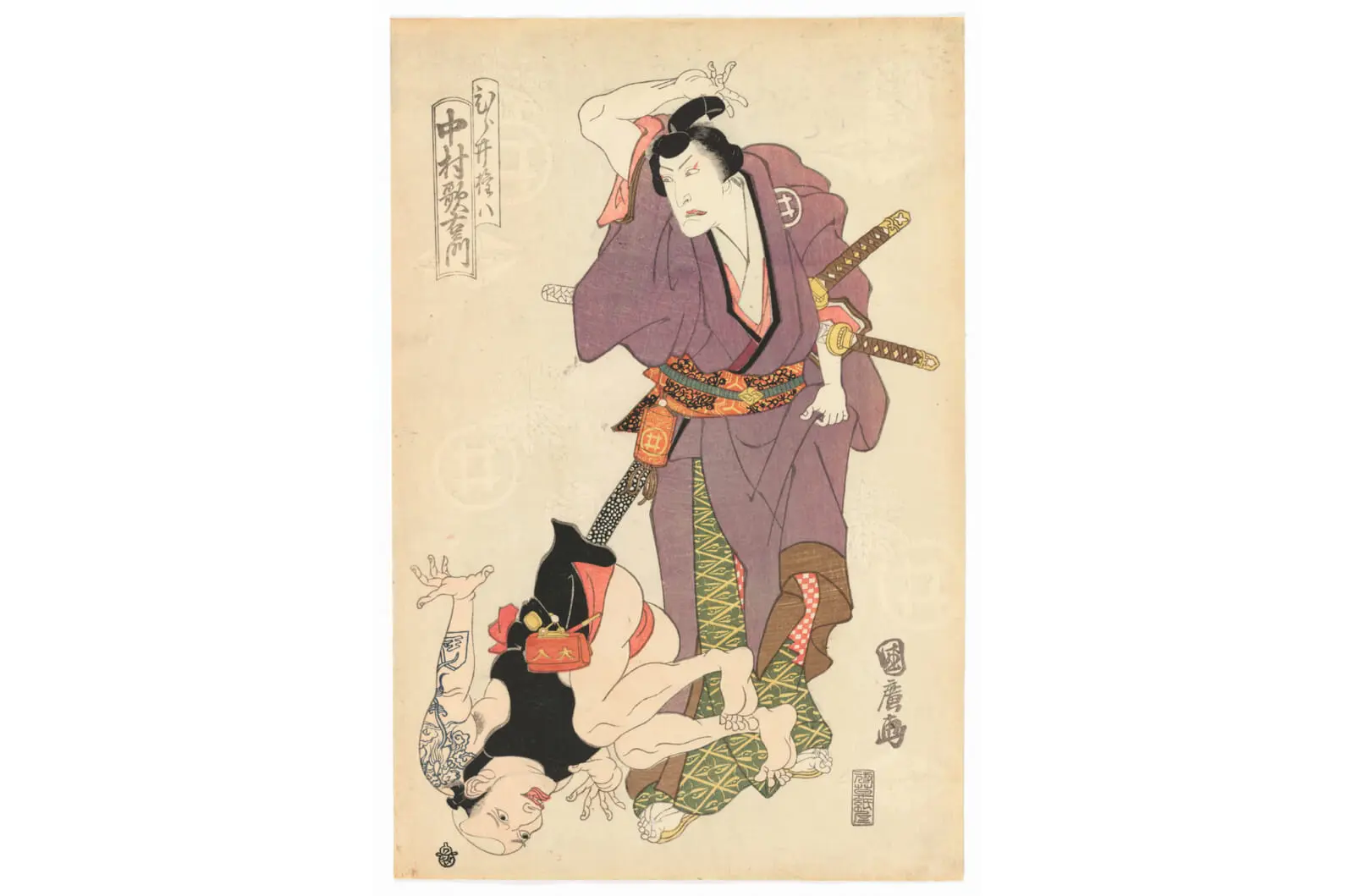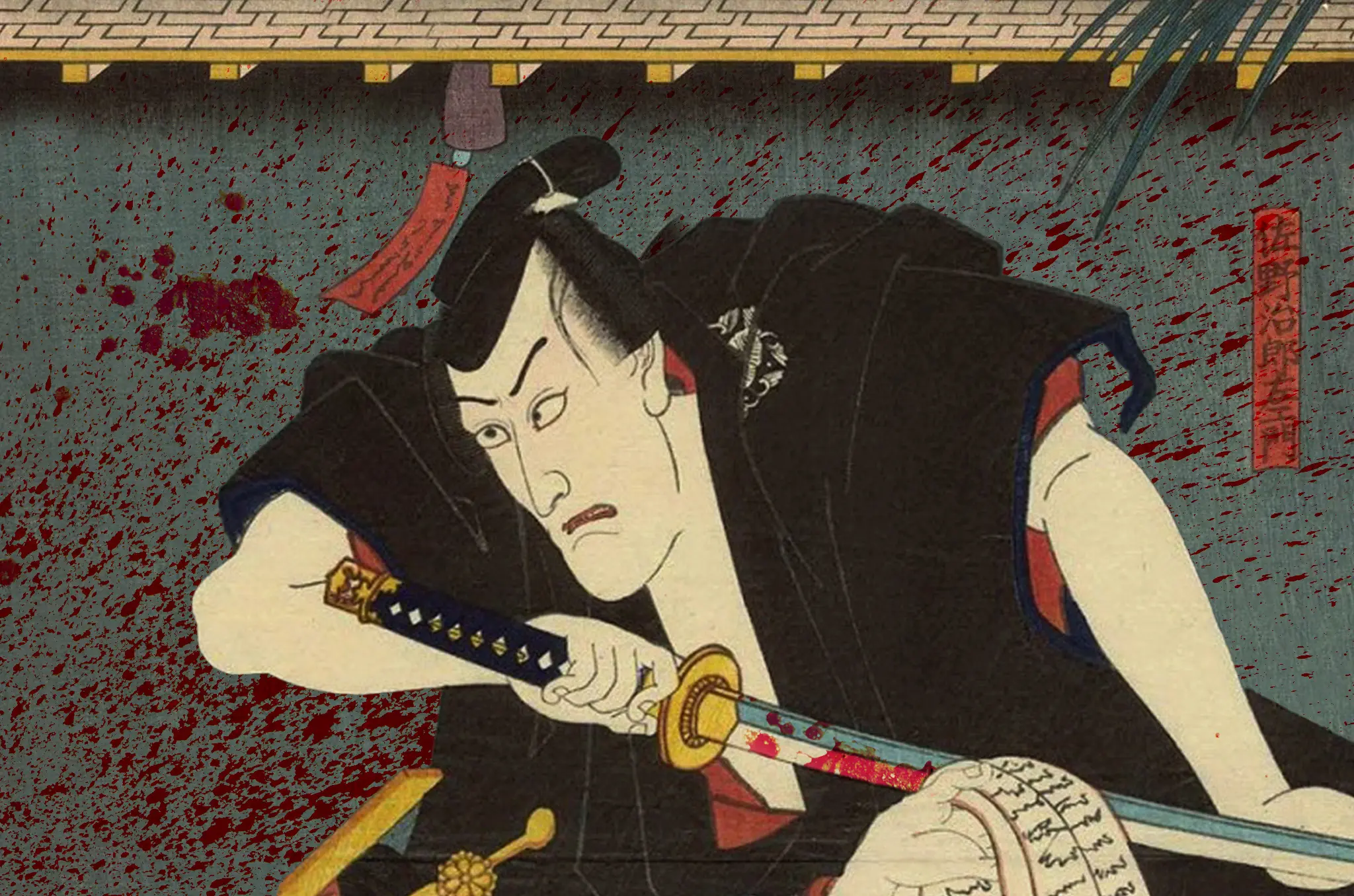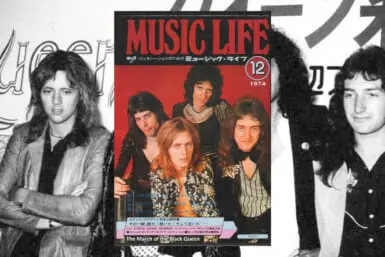Killing is a funny old thing. You can cut down 17 people, decapitate their corpses and stuff their mouths with bamboo grass — and people will call you one of the greatest warriors ever simply because the slaughter happened during war. That’s why there are so few “evil samurai” on record. Throughout its history, Japan has strongly believed that all’s fair in love and war, and it’s had plenty of the latter over the years. But once Tokugawa Ieyasu finished unifying the country in the early 17th century, war in Japan all but ended. THAT’S when we start seeing instances of mass-murdering, serial-killing monsters with katana, who end up going down in history as Japan’s most infamous samurai criminals, like …

Sano Jirozaemon by Utagawa Kunisada | National Art Museum of Ukraine
Sano Jirozaemon: The Hundred-Person Slayer of Yoshiwara
Yoshiwara was a government-sanctioned pleasure district in Edo (modern-day Tokyo) that helped create female geisha. It was also where people could engage the services of the capital’s sex workers or, if you were rich enough, flex on your enemies in truly spectacular fashion. Sadly, it was also the site of the first and only instance of spree killing during the Edo period (1603–1867) when one Sano Jirozaemon went mad and rampaged through the district, indiscriminately killing people with his sword. The event is now known as “Yoshiwara’s Hundred-Person Slaying.”
Reliable historic details about the tragedy are scarce, but what is known is that, in 1696, Sano attacked and killed a prostitute who rejected him — as some Yoshiwara sex workers had the right to choose their clients — and then he just … kept going. Though the killing spree is known as the “Hundred-Person Slaying,” the total number of Sano’s victims is probably closer to between 12 and 20. That doesn’t make it any less gruesome, though. The name is most likely the invention of kabuki theater, which immortalized and sensationalized Sano Jirozaemon’s rampage while also making it hard to tell fact from fiction.
In kabuki, there’s an entire subgenre of plays about Sano and Yatsuhashi, the supposed name of the prostitute who spurned him. Was she really called that? Did she merely reject Sano as a client or did he propose marriage to her? We don’t know for certain because, over the centuries, history and theater have gotten all jumbled up. We’re not even 100% sure who Sano was. Some sources/plays say he was the headman of a village. Others identify him as a lord. He had to have been a samurai because only they were allowed to carry swords at the time, and some did serve as leaders of rural communities. What we can say for certain is that, despite kabuki’s insistence, Sano’s sword was not cursed and definitely didn’t make him kill all those people.
In the end, Sano was captured, offering no explanation for his actions, and quietly accepted his sentence of death by beheading.

The Yoshiwara Red Light District by Hiroshige | Wikimedia
Magara Shingoro: The Mad Ronin of Atago Shrine
Not to start any rumors about supposedly haunted locales around Tokyo, but it’s weird that 30 years before Sano Jirozaemon ran amok through Yoshiwara, another samurai murdered a whole bunch of people in roughly the same area, more or less corresponding to modern-day Nihonbashi.
According to the 2016 book Kobunsho ni Miru Edo Hanzai-ko (“Records of Crimes from the Edo Period”) by Ujiie Mikito, in 1663, there was a series of attacks on random civilians that occurred one night outside the Kokucho area. All in all, eight people were killed and 10 were seriously injured by an unknown assailant with a sword. The next day, a monk visited the office of a local magistrate with shocking news: He knew who the culprit was.
According to his testimony, the previous night, a ronin (masterless samurai) by the name of Magara Shingoro requested to spend the night at his temple, and since he looked respectable enough, the Buddhist priest agreed … but only because he couldn’t get a good look at Magara in the dead of night.
In the cold light of morning, as he was bringing the sleeping ronin something to eat, the monk noticed that Magara’s clothes and katana were stained with blood, blade and hilt and all. Hiding the ronin’s sword, the monk rushed over to the magistrate, who instantly dispatched a party to capture the homicidal warrior. Taken by surprise, he didn’t put up much of a fight and quickly confessed to his crime. Unlike Sano Jirozaemon, though, he actually gave a reason for his killings, claiming that when praying at Atago Shrine, he received a message from heaven telling him that if he killed 1,000 people, all his wishes would come true.
According to the author, the samurai serial killer then ended the interrogation with the following plea: “Please allow me to finish killing 1,000 people. I really want my wish to come true.” He never said what his wish was. Perhaps that was for the best.

Nakamura Utaemon III as Hirai Gonpachi in the play “Red and Purple, Rich Dyes of Osaka” | Smithsonian
Hirai Gonpachi: The Samurai Who Killed for Love
Hirai (or, in other sources, Shirai) Gonpachi was born around 1655 in modern-day Tottori Prefecture. Good. Finally, we are dismissing rumors that the Nihonbashi area in the 17th century turned people into crazed killers. Anyway, after murdering a man in his home province, Gonpachi fled to Edo … where he eventually started robbing and killing people … around Yoshiwara … Dammit.
Similarly to Sano Jirozaemon, everything that we know about Gonpachi today is a little suspect because it’s been diluted with made-up stories from the world of theater. Gonpachi’s real life made for some exciting plays because not only was he a samurai who lost his status, he also fell in love with a prostitute named Komurasaki after arriving in Edo. Thankfully, this time, the feeling was mutual. And yet, the two couldn’t be together, as Komurasaki was under contract at a Yoshiwara brothel in order to pay off her parents’ debts.
Having fallen in love with her, Gonpachi would constantly visit Komurasaki, whose beauty fetched a high price for her time. Gonpachi allegedly started robbing and killing merchants and the like who were heading to the red-light district in order to support visits to Komurasaki’s brothel. The total number of his victims is often given as 130, but that seems like another invention of drama writers. Still, he killed enough people to be sentenced to death, after which, it is said, Komurasaki committed suicide on his grave.









